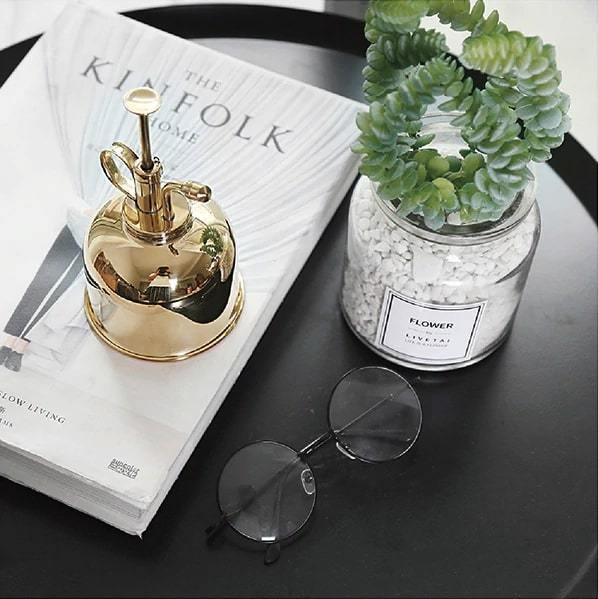
Watering your plants with milk
of reading
Are you about to throw away that expired bottle of milk or that last bit of drink that nobody wants to finish? Stop!
Don't pour this "white gold" down the sink. Milk is a powerful natural fertilizer and a miracle cure for certain illnesses.
How to transform waste into a growth elixir for your plants? Here's the recipe and instructions.
1. Why give milk to plants?
It's not a myth, it's chemistry. Milk contains two elements vital for the garden:
- Calcium: Just as it strengthens our bones, it strengthens the cellular structure of plants. It is vital to prevent blossom-end rot in tomatoes or zucchini rot.
- The Antifungal effect: Milk proteins and enzymes effectively combat powdery mildew (that white powdery coating that attacks the leaves of roses or squash).

2. The Recipe: The 50/50 Rule
Warning: Never pour pure milk on a plant! This will clog the pores of the soil, create bad smells, and attract flies.
The perfect dosage:
- 50% milk (preferably skimmed or semi-skimmed to avoid fats).
- 50% water.
Mix well. It's ready!
3. Water or spray?
There are two schools of thought depending on the desired outcome:
A) In Vapor Form (The Medicine)
This is the most effective method for combating diseases (powdery mildew, black spot). Spray the mixture on the leaves (top and bottom). The milk will create a protective and antiseptic film.
The processing tool
To apply the milky mixture without drowning the plant, a fine and even mist is needed.
- ☁️ Wide diffusion: Covers all foliage quickly.
- ✨ Easy cleaning: The brass mechanism rinses easily after use.

B) In Watering (Fertilizer)
To strengthen the roots and provide calcium, pour the diluted mixture directly at the base of the plant .
Frequency: Once every 2 or 3 months maximum. Don't overdo it, or your potting soil will smell like cheese!

4. Which plants love it?
- In the vegetable garden: Tomatoes, Courgettes, Peppers (which are heavy feeders of calcium).
- In the ornamental garden: Rose bushes (often attacked by fungi).
- Indoors: Begonias and Ivy.
Tip: You can also use this mixture to polish the leaves of your Ficus or Monstera with a soft cloth!
Get your bottles ready!
Now you know how to recycle your leftover milk. It's simple, free and effective.
And for your daily watering (with plain water!), equip yourself in style:







René
Merci bonne idée et découverte pour mois
Rahmouni ghaoutia
Merci pour vos bons conseils.
Je voudrais savoir si je peux arroser mes plantes de décor intérieures et extérieures avec le sérum biologique que je récupère après avoir filtré le lait de vache naturel en fabriquant du fromage …merci encore et salut à vous.
Marie G.
Merci pour cet article.
Je rince toujours mes bouteilles de lait avant de les déposer dans le bac de recyclage et je me sers de cette eau pour l’arrosage au jardin.
Bien cordialement,
Liothaud
Très bonne information 👍
Très clair
BRAVO à vous